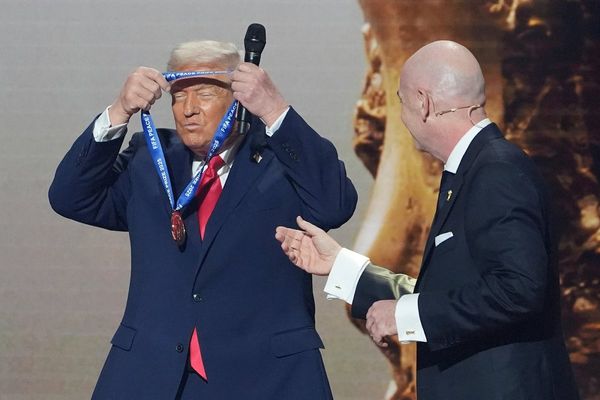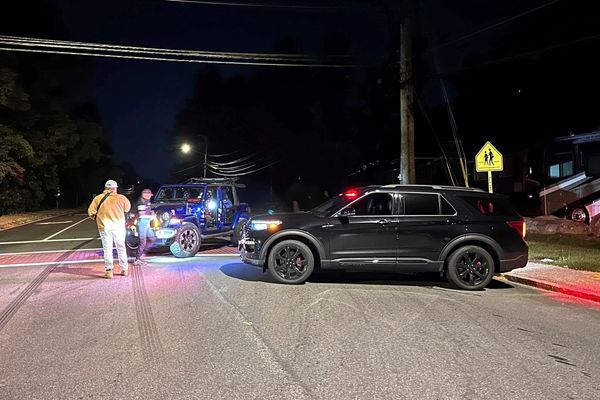It’s Monday morning and engineer Akinwole Akinpelu is seated in front of his computer screen as he prepares a 3D model that has been designed for manufacturing.
“Once the file is prepared, I'll send it to the machine and the manufacturing starts,” Akinpelu tells RFI’s Africa Calling podcast.
3D printing, a technology forecast to change the world, mimics regular paper printing where a computer-aided design is sent to a printer for direct manufacture.
In the west, large manufacturing companies are already deploying 3D printing into design work flows. But how is 3D printing shaping out in Nigeria?
From his workshop in Lagos, Akinpelu runs Stampar3D, an agency that he says aims to bring the emerging and exciting world of 3D printing to the Nigerian market.
“Now, we have 3D printing materials that can actually replace an original part if one of the parts in your machine breaks,” Akinpelu says. “I've done that numerous times actually. And in some cases, the 3D printed parts outperforms the original part that broke.
Making a difference in medicine
While clients in engineering and manufacturing form a significant part of his customer base, Akinpelu says he often gets orders from a wide range of industries, including fields like medicine.
“I get requests from surgeons that use 3D printings to make cutting guides to help them within the surgery,” he says, adding that the teaching hospitals in Lagos and Ibadan are his regular clients.
Akinwole Akinpelu runs @Stampar3D, aiming to bring 3D Printing to the #Nigerian market. Customers include #engineering, #manufacturing markets, but also in the field of #medicine.🎧 on @Africa__Calling #podcast: https://t.co/PA0YRRhJ9k
— Africa Calling (@Africa__Calling) June 10, 2022
“They'll send me the cutting guide or the specific details of the patient. And then we get that 3D printed, send it back to them and then it aids in the surgery that they're about to perform,” he says.
One of the surgeons actually said it saved them about six hours of surgery time. So the adoption has actually been really widespread.”
Akinpelu is not the only one deploying 3D printing technology in Lagos for clients. It is also gaining prominence, especially among young people.
Problem solving
“The overall goal was to have a 3D printer to do personal projects, but then things got out of hand,” said Fadil Ojifinni, a mechanical engineering student in his final year at the University of Lagos.
“People know you have a 3D printer, and then they start asking: ‘Help me print this thing', 'Can I do this with this?' 'Is this a 3D printer? What are the things you can do with this?’ So eventually, I started collecting orders for jobs and I started doing them in my free time.”
Job orders have also come from a wide range of clients for Ojifinni. While 20 percent of his orders come from students, 40 percent come from artists.
“The remaining 40 percent are just random people that just want to solve one or two problems that they have,” he says.
It was his involvement in a workshop where technicians build inverters that store electricity where Ojifinni first saw the possibilities of 3D printing creating solutions.
- S2,EP20: Nigeria's 3D print revolution, Gambia combats kidney disease & Kenya's elephant issues
- Nigeria disturbed by acute fuel shortfalls
For many households and businesses, inverters have become part of the solution to Nigeria’s electricity crisis. They are often charged using solar power, or power from electricity distribution companies.
Once charged, inverters then serve as backup for the shortfall in power supply.
By finding ways to integrate his skillset in mechanical engineering into electrical engineering, Ojifinni began to explore 3D printing.
“Sometimes you might run out of components or you might have a part that does not fit into another part. You can’t just delete the work, you have to get it fixed,” he says.
“I take my system out, do a quick design and then print it out and then you have the parts ready to use.”
Youths boost Nigerian manufacturing
Back at Stampar3D, Akinpelu says young people are gradually driving the adoption of 3D printing in Nigeria, potentially increasing the country’s manufacturing capabilities.
He believes 3D printing can make virtually anything, big or small, but whether a 3D print serves as the most cost effective is assessed on a case-by-case basis.
However, with more people going into 3D printing, the reliance on crude methods and imports will reduce, boosting local manufacturing.
“The biggest trend in this space is more and more young guys, maybe out of university, are getting these smaller machines, and then they're starting to print for their local circle, which is always an excellent way to start,” Akinpelu says.
He says that while they are buying entry-level machines right now, in five to 10 years they’ll be using industrial machines.
“And with that, they'll be able to service higher level of clients and the cycle will repeat itself. So in five to 10 years we’ll have a lot more manufacturing capability than we do now,” he adds.
Nigeria’s growing reliance on imported goods has hindered local manufacturing with only a few well-established manufacturing companies able to compete with importers.
But 3D printing is offering a useful option to local manufacturing and this can become a backbone for local startups to develop home-grown solutions.
This story was originally heard on RFI's Africa Calling podcast.







